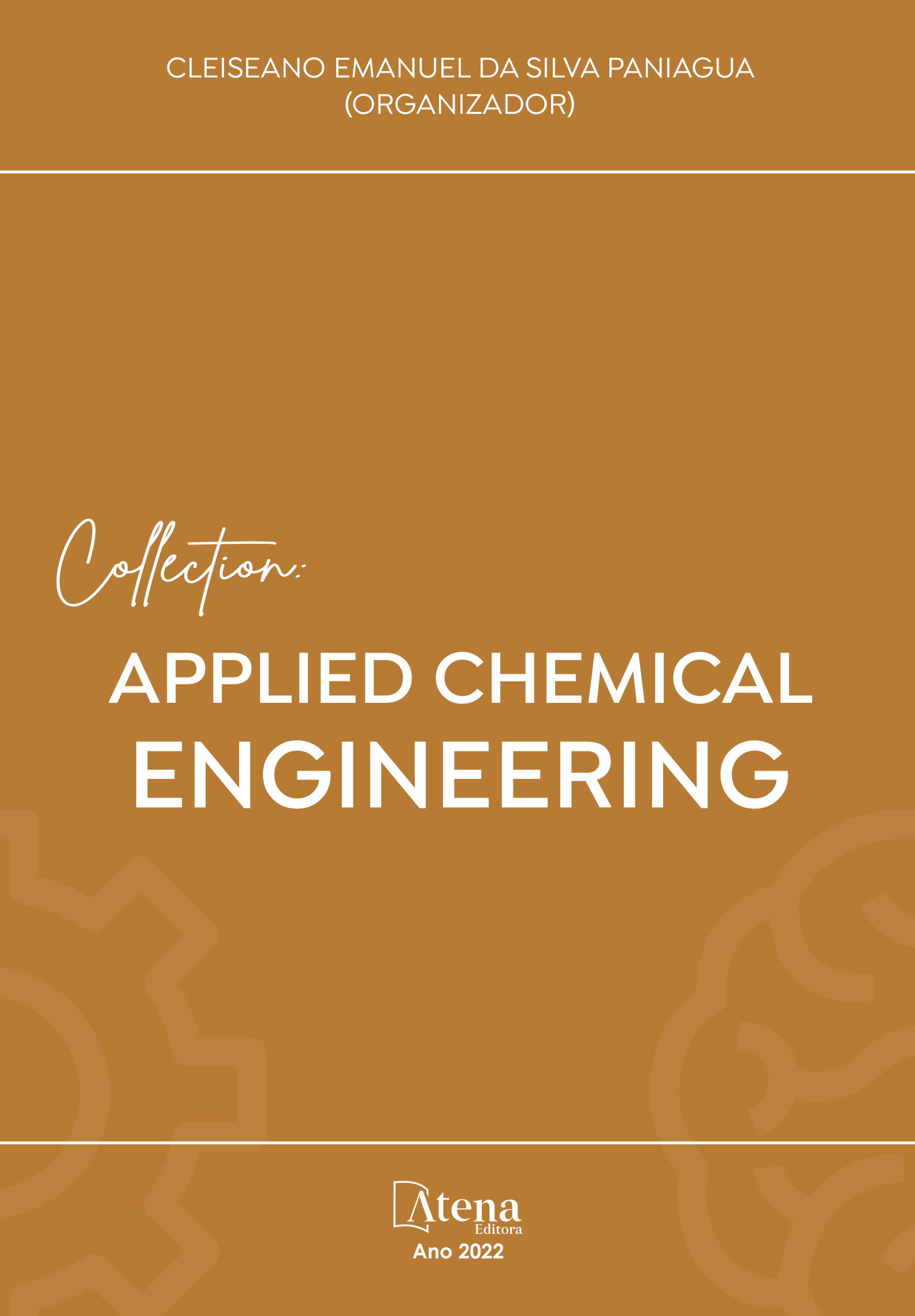
ATIVIDADE NEMATICIDA DO ÓLEO ESSENCIAL DE BARU (Dipteryx alata Vog.) SOBRE Meloidogyne javanica
Devido os grandes prejuízos causados pelos nematoides de galhas, Meloidogyne spp., faz-se necessário estudar novas estratégias que ofereçam um controle mais eficaz e seguro. Pesquisas acerca do uso de óleos essenciais vegetais têm ganhado espaço no quesito nematicida natural e no bioma cerrado encontramos uma grande diversidade de espécies com este potencial. Objetivou-se no presente trabalho avaliar o efeito do óleo essencial de baru (Dipteryx alata Vog.) na eclosão de juvenis de segundo estádio (J2) de Meloidogyne javanica. O experimento foi realizado em tubos de ensaio no Laboratório de Nematologia Agrícola utilizando o delineamento experimental inteiramente casualizado. A população de M. javanica utilizada nos experimentos foi multiplicada em mudas de jiloeiro em casa de vegetação durante 60 dias. Após este período, os ovos foram extraídos e a concentração do inóculo foi calibrada com auxílio de câmara de Peter sob microscópio fotônico para 100 ovos mL-1. Para a execução do ensaio foram usados tubos de vidro de 20 x 200 mm contendo 100 ovos de M. javanica e o óleo essencial de baru comercial, nas concentrações de 0, 8, 16 e 32 mg L-1. O experimento foi acondicionado em câmara incubadora do tipo B.O.D. (Demanda Bioquímica de Oxigênio) a 26 °C por um período de 48 horas no escuro. A Análise dos dados foi realizada utilizando o software SISVAR. O óleo essencial de baru apresentou efeito positivo, reduzindo a eclosão de juvenis de M. javanica. A concentração de maior destaque foi a de 16 mg L-1 reduzindo em 75% a eclosão dos J2, podendo concluir que o mesmo apresenta atividade nematicida e potencial de uso no controle de M. javanica.
ATIVIDADE NEMATICIDA DO ÓLEO ESSENCIAL DE BARU (Dipteryx alata Vog.) SOBRE Meloidogyne javanica
-
DOI: 10.22533/at.ed.5612231011
-
Palavras-chave: Nematoide de galhas; Cerrado; Eclosão; Controle alternativo
-
Keywords: Root-knot nematodes; Thick; Outbreak; Alternate control
-
Abstract:
Due to the great damage caused by the root-knot nematodes, Meloidogyne spp., it is necessary to study new methodologies that offer an effective and safe control of these phytonematodes. Research on the use of vegetable essential oils has been gaining ground in the natural nematicide and in the cerrado biome we find a great diversity of species with this potential. The objective of this work was to evaluate the effect of baru (Dipteryx alata Vog.) essential oil on the hatching of second-stage juveniles (J2) of Meloidogyne javanica. The experiment was carried out at the Agricultural Nematology Laboratory using a completely randomized experimental design in test tubes. The population of M. javanica used in the experiments was obtained from okra roots and multiplied in jilo tree seedlings, in a greenhouse for 60 days. After this period, the eggs were extracted and the inoculum concentration was calibrated with the aid of a Peter chamber under a photonic microscope for 100 eggs mL-1. To carry out the test, 20 x 200 mm glass tubes containing 100 eggs of M. javanica and commercial baru essential oil were used, at concentrations of 0, 8, 16 and 32 mg L-1. The experiment was placed in a B.O.D. (Biochemical Oxygen Demand) at 26 °C for a period of 48 hours in the dark. Data analysis was performed using the Tukey mean test at 5% significance in the SISVAR software. All concentrations of baru essential oil had a positive effect, reducing the hatching of M. javanica juveniles. The most prominent concentration was 16 mg L-1, reducing J2 hatching by 75%, thus concluding that it has nematicidal activity and potential use in the control of M. javanica.
-
Número de páginas: 13
- Rodrigo Vieira da Silva
- Ana Paula Gonçalves Ferreira
- João Pedro Elias Gondim
- Lara Nascimento Guimarães
- Nathália Nascimento Guimarães
- Edcarlos Silva Alves
- Rafaella Alves Rodrigues
- Gabriela Araújo Martins


